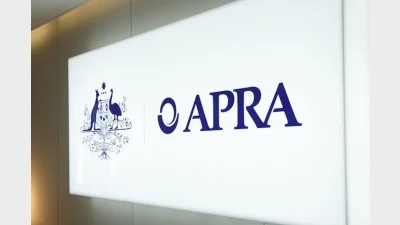Attempted ASIC clarity causes confusion



An attempt by the financial services regulators to clarify their relationship in the eyes of the superannuation industry, ultimately gave rise to uncertainty and cost, according to a submission filed by the Association of Superannuation Funds of Australia.
In that submission, filed with ASIC last month, ASFA acknowledges the need for close cooperation and liaison between the financial services regulators particularly in circumstances where major policies such as Stronger Super are being implemented.
However it then cites a report issued by ASIC on how it worked closely with fellow regulators to minimise overlap and streamline requirements and an example used in that report - a joint letter issued by ASIC and the Australian Prudential Regulation Authority (APRA) to superannuation funds with a view “to clarifying the relationship created by section 29QC of the Superannuation Industry
(Supervision) Act 1993 (“SIS Act”) between ASIC disclosure requirements and the superannuation data required to be reported to APRA (section 29QC letter)”.
The ASFA submission then notes, “Section 29QC has generated a great deal of uncertainty and concern amongst RSE licensees [superannuation funds], leading many to seek expert legal opinion about its potential scope and application”.
“We acknowledge the policy intent underpinning section 29QC, which is to ensure that disclosure is made on a consistent basis, to enable consumers to make comparisons between superannuation products, especially with respect to returns and fees,” it said. “However, as the specifications of the APRA data reporting standards are primarily driven by the requirements of prudential supervision, these are not always consistent with appropriate consumer disclosure.”
“While the superannuation industry welcomed the regulators’ efforts to clarify licensee’s obligations, we note that there was no apparent consultation with industry stakeholders prior to issuing the section 29QC letter,” the submission said. “Feedback received from ASFA members indicates that, rather than providing the desired clarification, the letter in fact created more confusion and uncertainty amongst RSE licensees and was inconsistent with legal advice obtained by many licensees in an attempt to ensure compliance.”
Recommended for you
The super fund has launched Retirement Manager, a digital advice tool helping members plan income, spending, and retirement confidence with integrated support.
APRA has warned retail super trustees that financial adviser involvement in recommending platform products does not diminish their obligations, as regulators turned the spotlight on the Shield Master Fund and First Guardian Master Fund during a meeting with fund CEOs.
AMP’s chief economist has unveiled a wish list for the Australian government’s Economic Reform Roundtable.
Australian retirees could increase their projected annual incomes between 3 and 51 per cent by incorporating personal and household data into their retirement income strategies, according to new research.









